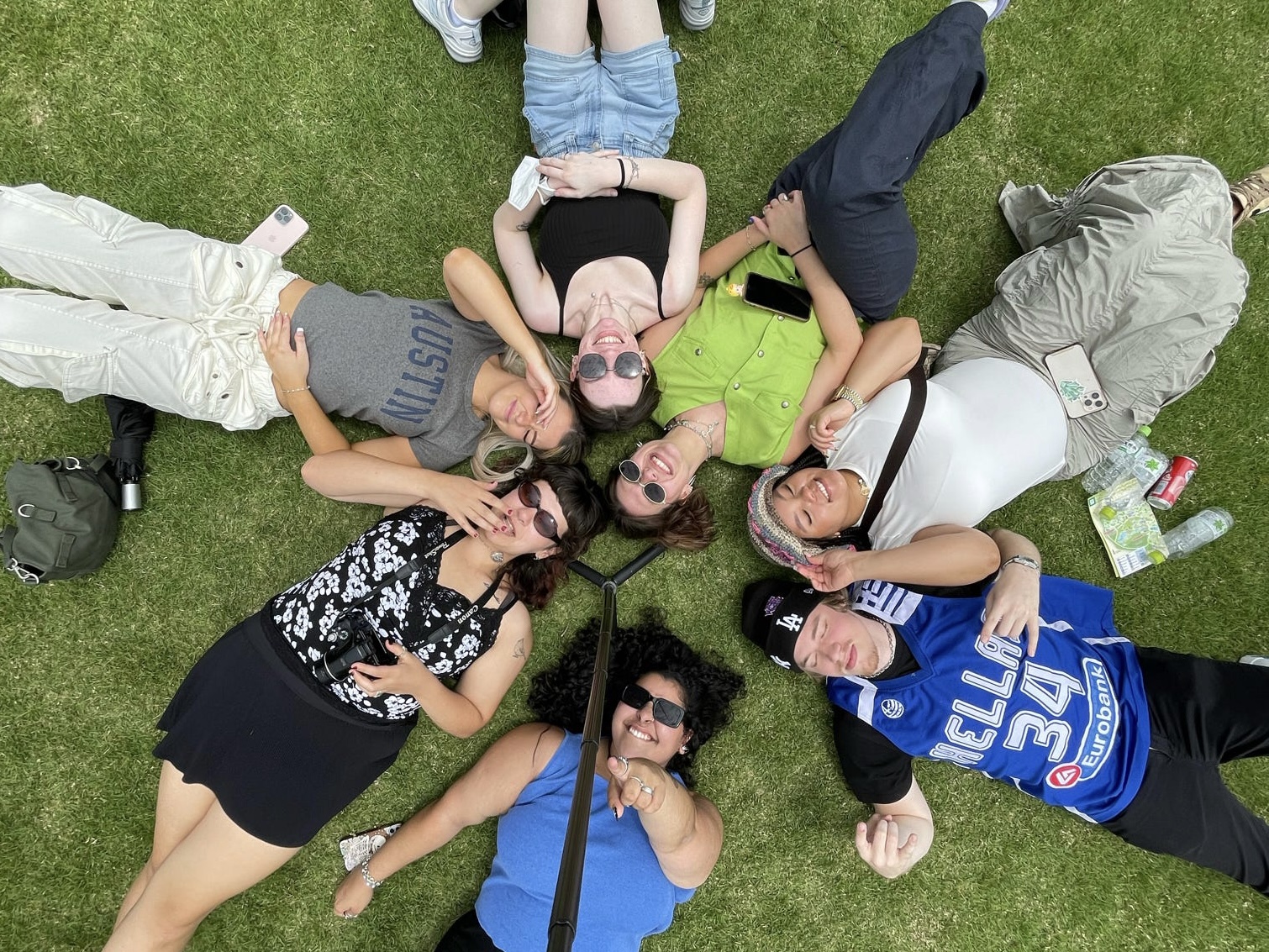
A few of us laying in a circle in the grass.
To be completely honest, I didn’t know how I felt about going to Japan. As someone who’s been interested in various aspects of East Asian culture nearly my whole life, I’ve seen a lot of discourse between people who romanticize/admire Japan far too much and those who demonize it because of its bad traits. Both these views have been deeply internalized in me, and I have tried to find a sane middle ground, but it was something I struggled with a lot during this trip. It was like having a cartoon angel and devil on my shoulders.
On one hand, I was thrilled to see Japan’s famously organized and polite society in action. I’m a shy and polite person who loves when strangers are just as — if not more — kind. I’m also quite tidy (thanks Marie Kondo!) and was looking forward to seeing how responsible the Japanese are with their trash.
I was also giddy to visit the MUJI flagship store and see all they have to offer. I couldn’t wait to see all the other cute stationery shops, too.
On the other hand, Japan has some grave issues hidden just below the surface. When I thought about how cool it was that everyone was so responsible for their own trash, a voice in the back of my head would immediately chime in to remind me why there aren’t any public trash cans.
In high school, I wrote research papers about Japan/east Asia because I’m interested in the comprehensive societies/cultures, not just the kawaii parts. I had many late nights that were spent researching things like how Western media has been harmfully perpetuating stereotypes against east Asians, and how that has dire real-world impacts, or Japan’s post World War II economic bubble — which required me to learn a lot about Japan’s detestable actions during WWII. Since I’d immersed myself so fully into these harrowing subjects, it was difficult to see Japan as the three-dimensional society that it is. I only had my research to base my perceptions on, but my research was so skewed that I couldn’t comprehend what the middle ground would look like.
During the (agonizing 14 hour) flight there, I found myself wondering: how could I enjoy Japan to the fullest while acknowledging such harsh truths about its society? I’m not going to pretend it’s a perfect place, but I also didn’t want to demonize it.
Finding a balance in my perception was a genuine struggle for most of this trip, though after talking about this with a few people and simply spending time immersed in the culture, I was able to finally feel and understand a balanced perception.
Finding balance
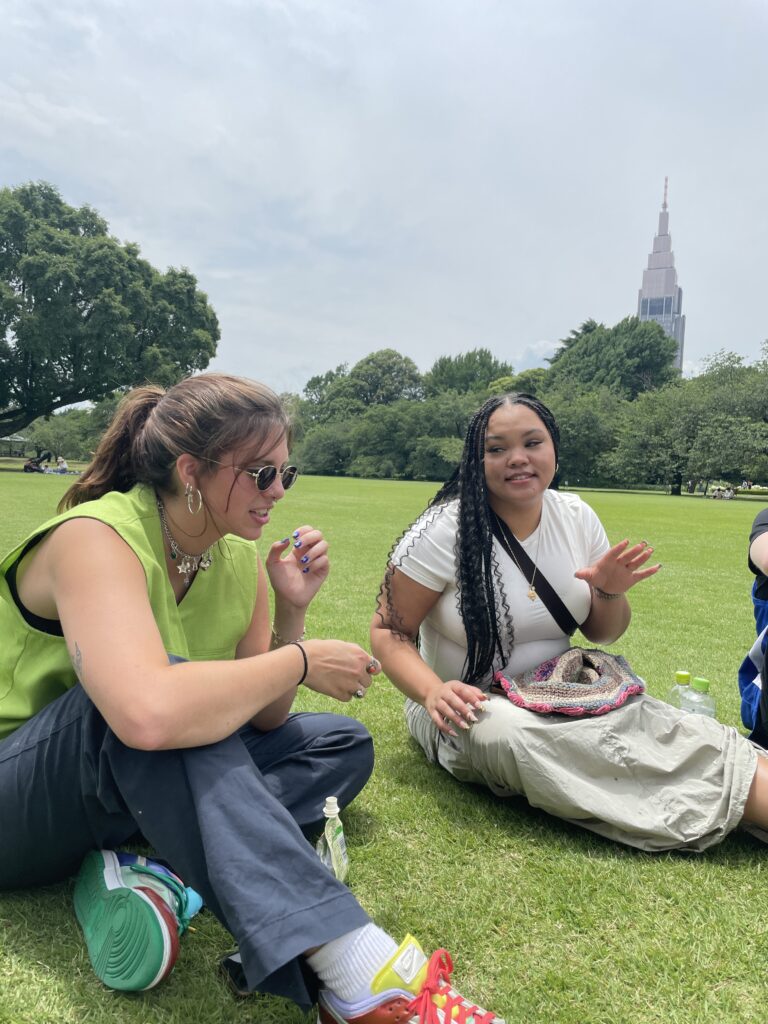
Talking to people was one of the best ways that I was able to cure my imbalanced perception.
I inquired with one of our professors, Dr. Gilbert D. Martinez, about Japan’s treatment of homeless people after noticing hostile architecture throughout Tokyo. Japan’s reporting on homelessness falls far behind most other countries, so he didn’t know much about the subject, but I enjoyed chatting about something that wasn’t related to school.
I also asked Manaka, a Rikkyo University student with whom I became friends, about the same thing a few days later. She was able to give me some more insight into why a lot of people are homeless and a bit about the struggle to get out of poverty. This exchange allowed me to see Manaka’s intellectual side and see what she’s learned about homelessness in her country.
The most insightful answer I received was from our Kyoto guide, John Wells. He moved to Tokyo in the 1990s right around when Japan’s economic bubble burst. Wells recalled seeing homeless people around Tokyo when he first lived there, but one day, he said they all disappeared from sight. He recommended I look up Kagasaki, a slum hidden in Osaka, and told me about the social support provided to the impoverished community.
By the time I talked with Wells, my brain had stopped trying to counter every pro-Japan thought with something anti-Japan. I was able to see Japan’s three-dimensions now that I was experiencing it myself instead of reading about it. I’d spent enough time seeing how people live to realize that people don’t seem constantly bothered with the negative things I kept reminding myself about.
Highlights
Anyone looking at the work I’ve done for this trip would likely notice how much I enjoyed visiting the MUJI store and Hasedera Temple, considering that I wrote about them for two of my feature stories and two of my Instagram posts (and then put them in my summary posts, too). Unfortunately for everyone around me, I will not stop talking about these two experiences anytime soon.
MUJI (the love of my life)
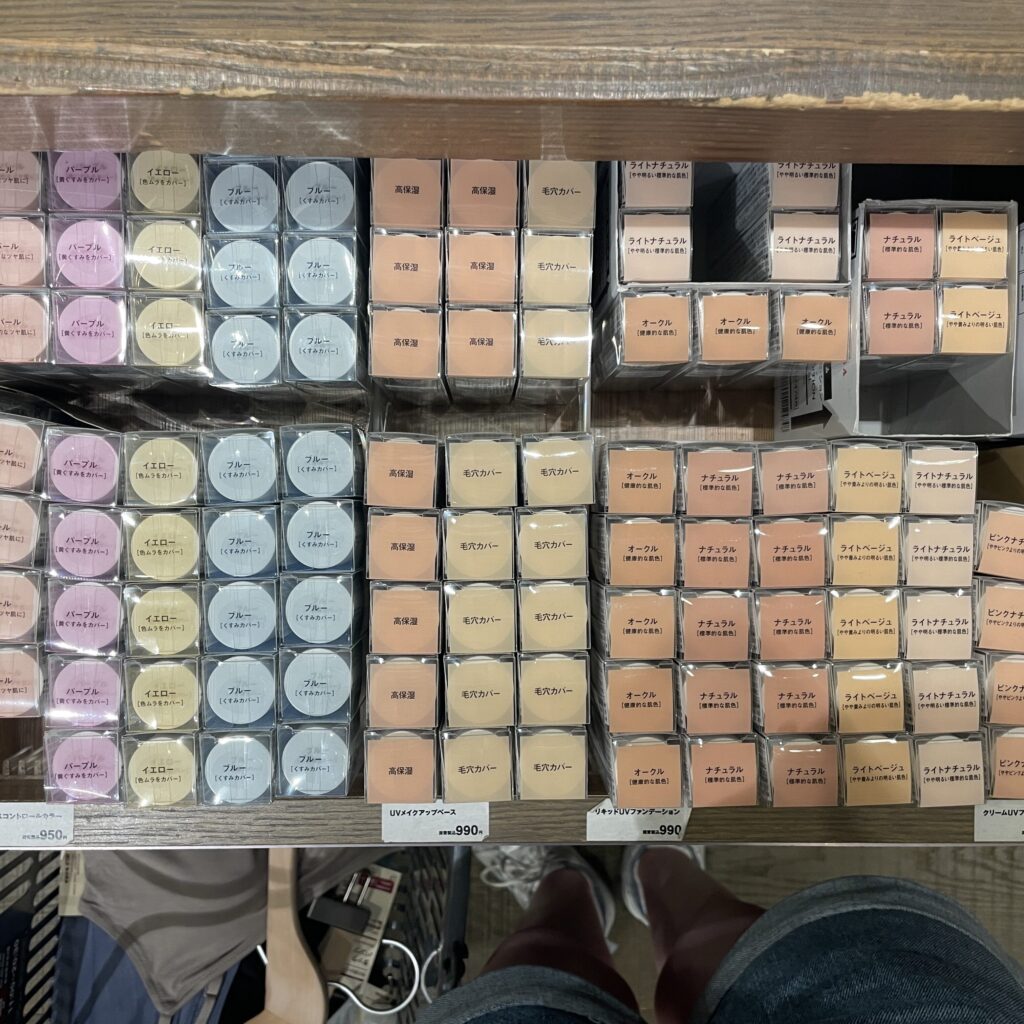

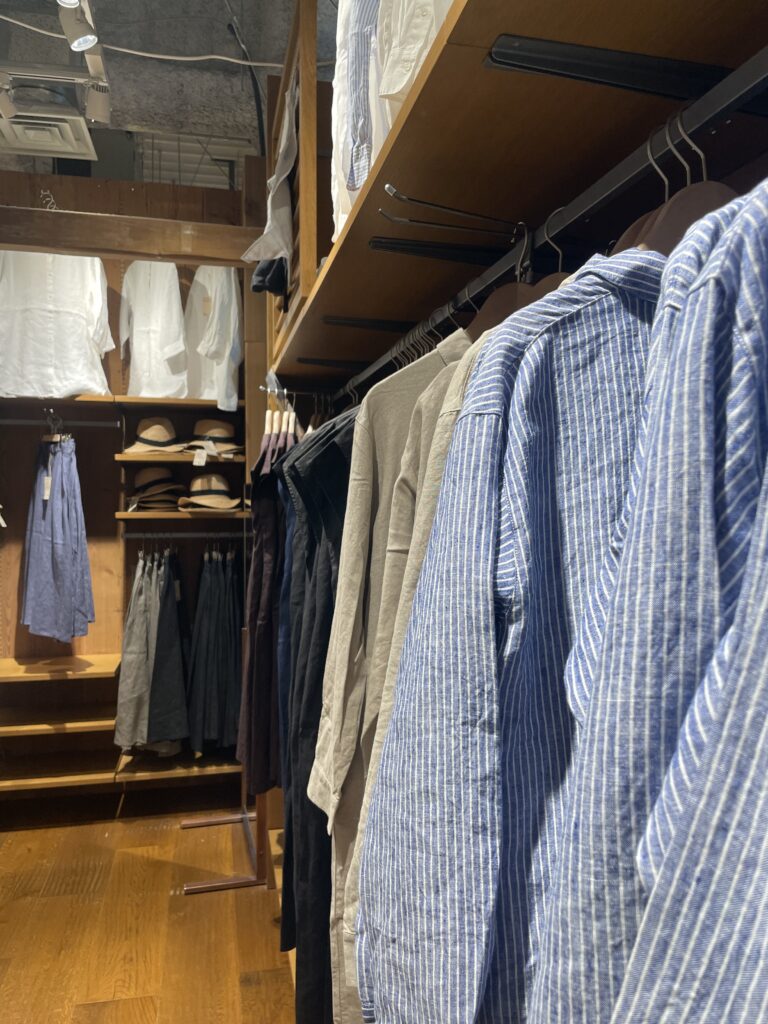
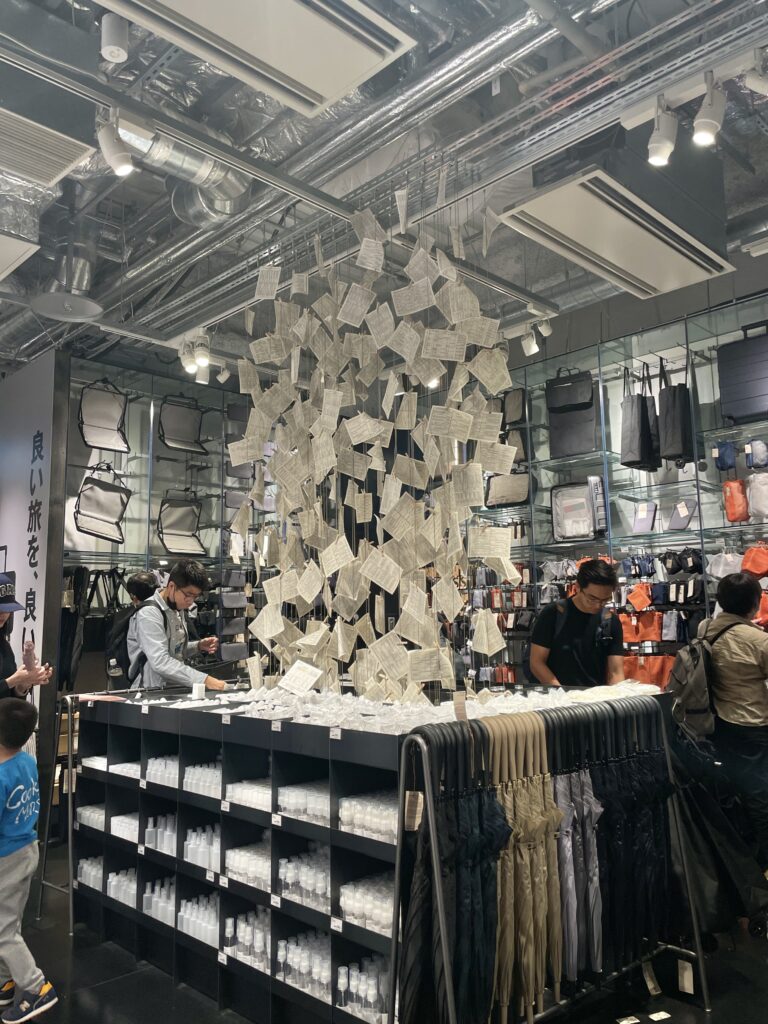
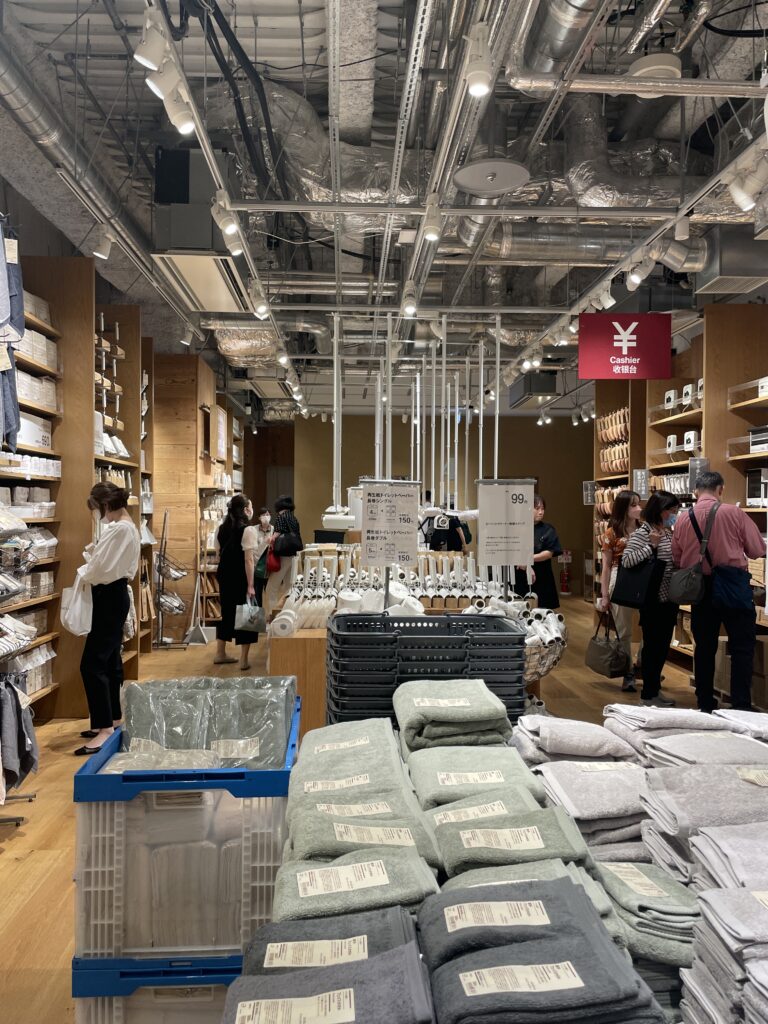
MUJI Ginza flagship store, I love you. Even now, just thinking about those six floors of neutral colored goodies makes me start blushing and kicking my feet back and forth.
Stationery and organization are my biggest interests, so as soon as this trip was confirmed, I started looking up where the MUJI stores were. Like most Americans who know about MUJI, I knew about (and used up quite a few of) their pens, and I knew that they made other products but I didn’t know the full extent of it.
One evening, while the rest of the group was at a baseball game, my roommate Reese and I decided to head to Ginza to do some shopping. I’d already told everyone before the trip that I was most excited for the stationery, and I told Reese that I really wanted to visit MUJI, but this was some of the only free time we’d have. She happily agreed to go with me.
I was absolutely gob smacked by each section of the MUJI store; Reese can attest. Like a giddy child in a candy store, I’d find a new item and turn around to say, “Reese! Isn’t this so cool?! Their shoes are cute and they already have supportive insoles.”
Reese patiently accompanied me through all six floors, and we spent the rest of the evening getting food and visiting other shops before going back to the hotel. We agreed that the itinerary for this trip was so packed that the group didn’t have a lot of time to chat and get to know each other, so we really enjoyed going at our own pace and being able to talk.
Hasedera
In my family, I’m known for having somewhat of a green thumb. I’m often found digging around in the dirt of one of my potted plants, and I do a decent job of keeping them alive. I adore the energy that plants bring to a space, so it makes sense that the first thing I noticed about Japan was the greenery.
When we stepped off the train in Kamakura, I felt like I’d entered a Studio Ghibli movie. Luscious plants seemed to fill every empty space, whether it was vines hanging over a train station window, moss in sidewalk cracks or potted hydrangeas on the front stoops of stores.
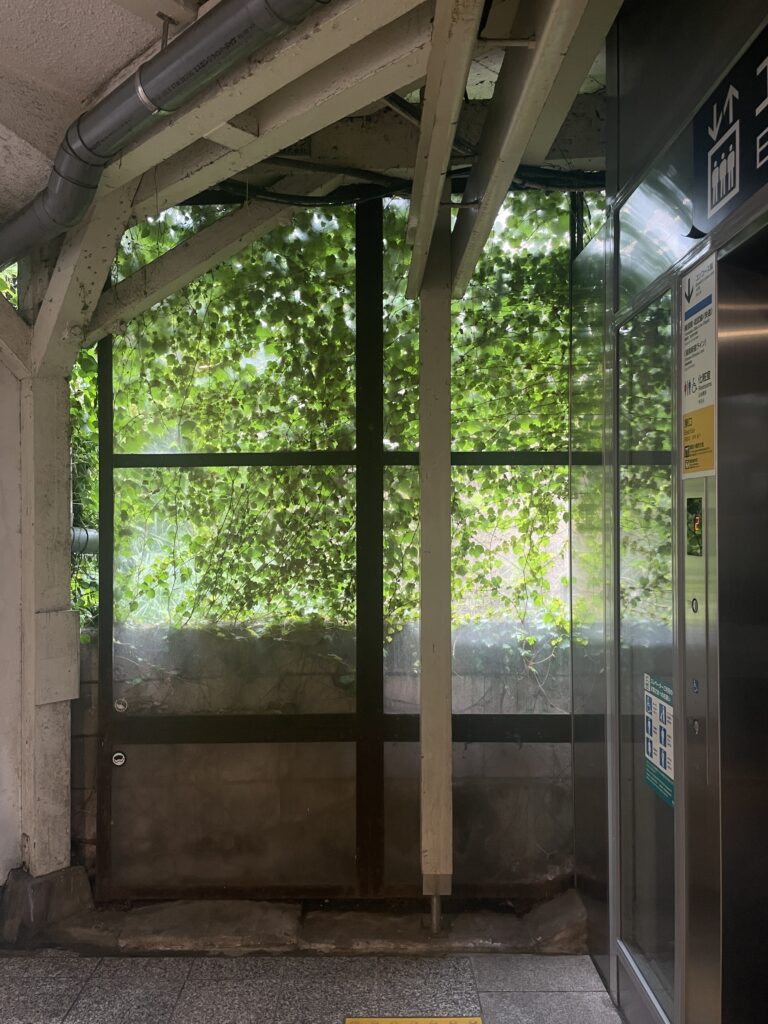
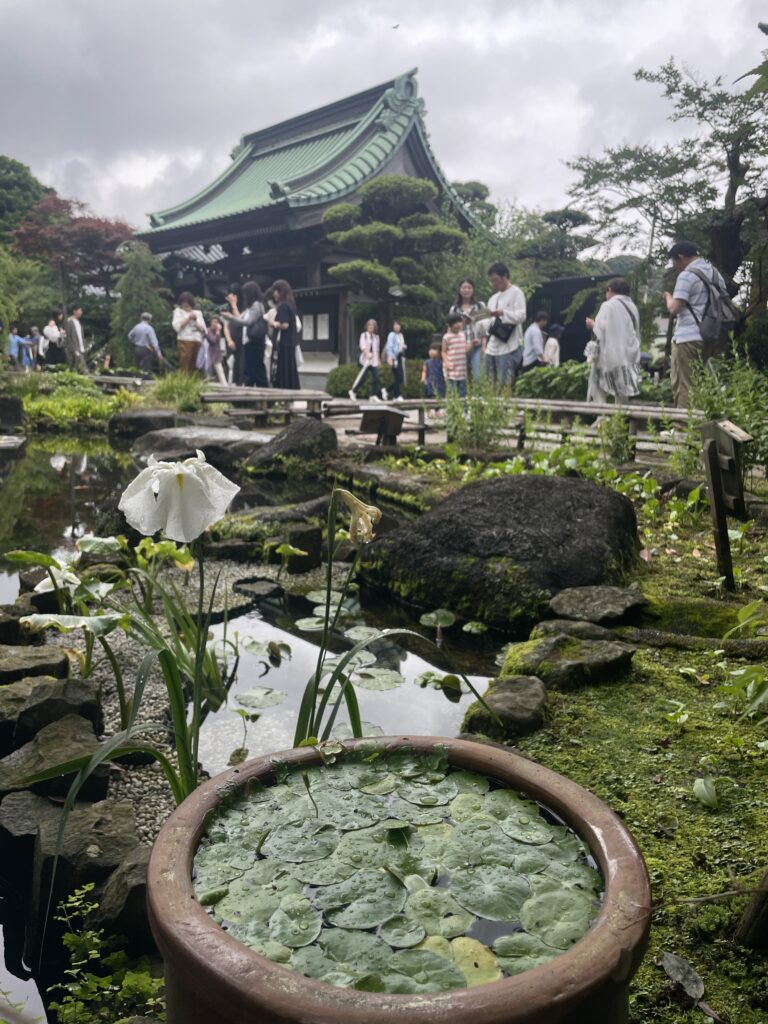
Hasedera was like nothing I’d seen before. The overcast sky and light rain made the flora all the more vibrant, especially the hydrangeas. Those opulent little flowers were everywhere and I felt like I was in heaven. I fought the urge to lay in a bush of hydrangeas as we traversed further into the temple grounds.
The professors gathered us outside of Kannon-do Hall to tell us photography wasn’t allowed. We’d become accustomed to the fast-paced schedule that required us to snap quick photos of what looked interesting before moving onto the next thing, generally with little time to take in the sights. This was a welcomed change of pace. I didn’t know what was inside
When I entered the hall, I felt like I had left my body and I was watching a movie. The camera (my eyes) moved closer and slowly panned up to reveal the full statue as the roof cleared. As soon as the entire statue was in view, I was breathless. I was at the foot of a stunning, 30-foot-tall gilded statue of a merciful Bodhisattva.
I’m not entirely sure what happened at this point, but I began to tear up. Thinking about how many people had to love Kannon deeply enough to devote endless hours to creating something this beautiful truly moved me. That hall was built just to house that statue, which required even more time, effort and love.
Hardships
My anxiety was incredibly high at the beginning of the trip; I barely knew anyone else in the group, I’ve never traveled out of the country (this was only my fifth time on a plane), my laptop’s keyboard wasn’t working and I was unbelievably homesick.
While enjoying our first breakfast in Kyoto, I started chatting with the professors about our assignments. At this point I had no idea what to do for my second Tokyo feature story, I didn’t have my reel put together, the Kyoto assignments were just on the horizon and everything for Tokyo was due that day.
Before I knew it, I was crying. They tried to comfort me and asked what was wrong, but I couldn’t get any words out. Some of the other students brought me napkins and comforted me as well. I had to excuse myself to the bathroom to get it all out and take some deep breaths, but I was still shaky and on the verge of crying for most of the morning.
The students all knew how I felt and made efforts to check in on and take care of me all day, which was so endearing. I can’t emphasize my appreciation for this group enough.
Later in the day, when I had fully calmed down, I talked to Dr. Martinez about my stress. He mentioned that I could borrow a laptop from Professor Jon Zmikly, which solved one of my big problems. Then he helped me figure out what angle to take when writing my feature stories, which was incredibly helpful.
I’ve always been nervous to talk to teachers about my struggles because I thought they’d be dismissive. Since I hadn’t addressed my issues with topics and my laptop earlier, I expected Dr. Martinez to tell me to just figure it out because I should’ve already done something.
I’m incredibly glad he didn’t dismiss my struggles, not only because I was able to fix those pressing problems, but also because I learned that it’s OK to tell a professor or boss that I’m having trouble.
To sum it up
This was a difficult trip, but I can’t put into words how much I loved it. I learned so much about myself and my relationships with others, and I formed deep connections with everyone on the trip. Although my next trip to Japan won’t be with all 16 of us, I can’t wait to go back as soon as possible!





